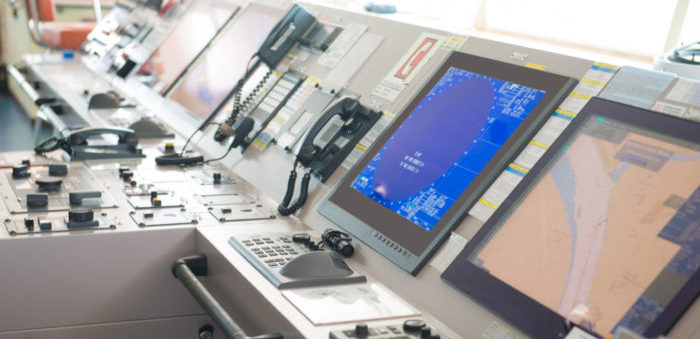With the rapid evolution observed within the technology sector, from machine learning to analysis of big data, the information one can extract from Automatic Identification Systems (AIS) are doing nothing but increasing with the passage time.
In mid 90s, the very first concept of AIS Technology was introduced. The idea behind this technology was to increase situational awareness and prevent collisions but also address the need for a universal method of transmitting and exchanging key data including ship identity, real time position, course, and speed between ship and shore in regular, automatic and autonomous way.
Regulation at a glance
In 2002, at Safety of Life at Sea (SOLAS) convention, the International Maritime Organization (IMO) issued a mandate that any new ships built must include AIS technology. Ships built prior to this time were required to integrate the technology by the year 2008. In particular, the IMO Convention for the Safety Of Life At Sea (SOLAS) Regulation V/19.2.4 requires that AIS Class A should be operated onboard at all times – unless there are valid security reasons to turn it off, temporarily. Small pleasure crafts are not obliged to use AIS.
Which are the functions of AIS?
According to MarineTraffic, the data broadcasted by each vessel can be received by other vessels or shore stations within a line-of-sight range of just 20-30 miles. In addition, the development of satellite receivers allows for much greater coverage. Combining data from satellite and land-based receivers has enabled the creation of a worldwide network that can collect, share and interpret the information broadcasted by each ship and provide a real-time image of the global shipping traffic.
Specifically, AIS can increase situational awareness by
- Easing data exchange between vessels within Very high frequency (VHF) range
- Easing data exchange between a vessel and a shore station
- Developing traffic management in congested waterways
- Enabling automatic reporting in areas of mandatory and voluntary reporting
- Easing safety-related data exchange between vessels
- Easing safety-related data exchange between vessels and shore stations
3 types of data that AIS transmits
- Static data, meaning information that do not change frequently such as ship length or name
- Dynamic data such as vessel course, speed
- Voyage related data such as navigational status, destination, cargo onboard
Who can pick AIS signals?
In most places around the world, AIS receivers do not require a license, Marine Traffic reports. Therefore, the above mentioned VHF signal is unencrypted and almost anybody can invest in a base station in order to monitor shipping traffic within range.
In a nutshell, yet one of the most valuable sources of maritime data, AIS technology together with digital maps allows ship operators to monitor their ships, manage their fleets and suppliers but also track their crew and track crew members. Furthermore, the extracted data are useful to researchers and analysts worldwide, maritime professionals and/or regulatory bodies.






























































